
How to Help Baby Birds That Have Fallen Out of the Tree. When you find a baby bird that has fallen out of a tree, your first instinct may be to scoop the bird up and take it indoors for some birdseed and water. Stop. This may be the worst thing you can do for a baby bird. It's natural for a baby bird to be pushed from its nest before it can fly. This may actually be helping the baby bird to survive. Also, different bird species eat different diets and should never be fed whatever birdseed you might have on hand. Plus, giving liquid to a baby bird can actually drown it. If you're unsure about what to do, contact a professional before doing anything. There are, however, a few steps you can take yourself to help protect the baby bird from further harm.
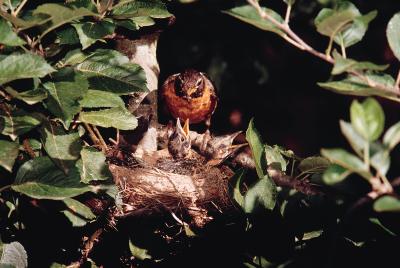
Make sure the baby bird fell out of the tree accidentally, not on purpose. Fledglings are baby birds that have purposely left the nest but might not be able to fly yet. These birds are often partly feathered and near a tree. Fledglings will be able to perch on your finger and place a firm grip around it. During this stage of development, the mother bird will keep feeding the fledgling. If the bird isn't injured, monitor it carefully. If you see no signs of distress or if you see the mother, leave the baby where it is. To determine whether a baby bird is a fledgling, you may need to watch it for an hour or longer to get a glimpse of the mother feeding or caring for it.
Put the baby bird back in the nest when necessary. A bird that should be put back in the nest is called a nestling. Nestlings usually have very few feathers, if any, and their eyes are typically closed or just recently opened. A nestling will not be able to grip your finger like a fledgling. The best thing you can do for a nestling is to put it back in the nest with its siblings as soon as possible. Understand that the baby bird may have been pushed out of the nest by its siblings and could get pushed out again. This is a natural behavior that allows only the strongest to survive and procreate. If you have concern for the baby bird's safety, contact a wildlife rehabilitation facility for assistance.
Create a makeshift nest if you can't put the baby bird back in the original nest. A makeshift nest can be made by poking a few holes in the bottom of a small plastic container and lining the bowl with unscented paper towels or tissues. The baby bird can be placed in this nest and then back in the tree close to the real nest. When the mother bird returns, it will continue to feed the baby birds in both nests. It's a myth that the mother bird will reject a baby that has been handled by people.
Take the baby bird to a licensed wildlife rehabilitator only if you're certain it has been injured or if you're sure the mother is dead. Do not try to care for the baby bird yourself. A wildlife rehabilitator can be found by contacting an animal shelter or wildlife rehabilitation facility or by searching online. The baby bird should be housed in a warm, dark atmosphere with minimal noise, such as a shoe box, until you can take it to a professional. Placing the bird first in a makeshift nest lined with unscented paper towels or tissues and then in a shoe box is best. Be sure the bird’s legs are tucked under it. Never try to feed liquid to a baby bird because it may not be developed enough to consume liquid and will inhale it instead.
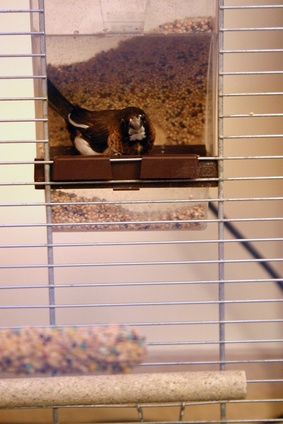 Homemade Indoor Bird Cages
Homemade Indoor Bird Cages
Homemade In
Homemade Indoor Bird Cages
Homemade Indoor Bird Cages
Homemade In
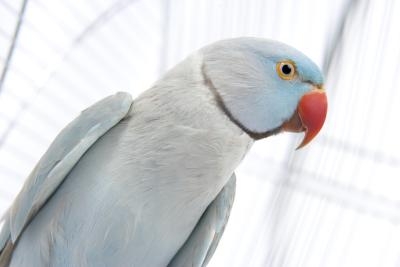 How Do I Know If My Bird Has Mites?
How Do I Know If My Bird Has Mites?
Ho
How Do I Know If My Bird Has Mites?
How Do I Know If My Bird Has Mites?
Ho
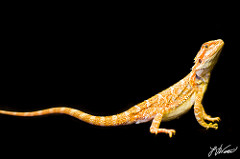 Investigating Speedy Systems For Alligator
Alligators would be the most dangerous from the exotic pets
Investigating Speedy Systems For Alligator
Alligators would be the most dangerous from the exotic pets
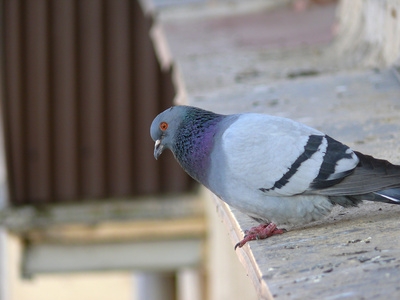 How to Build a Simple Bird Trap?
How to Build a Simple Bird Trap?
How t
How to Build a Simple Bird Trap?
How to Build a Simple Bird Trap?
How t
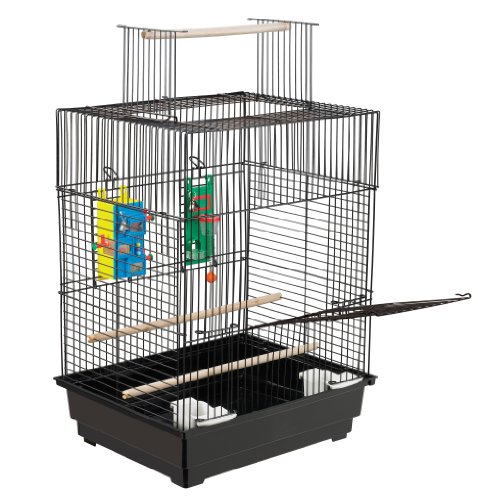 Tips for Keeping and Teaching Your Pet Birds to Talk
Cockatiels, more commonly kn
Tips for Keeping and Teaching Your Pet Birds to Talk
Cockatiels, more commonly kn
Copyright © 2005-2016 Pet Information All Rights Reserved
Contact us: www162date@outlook.com